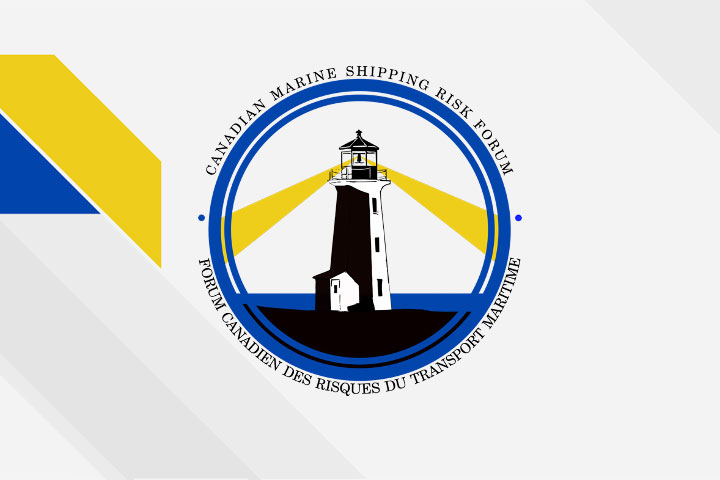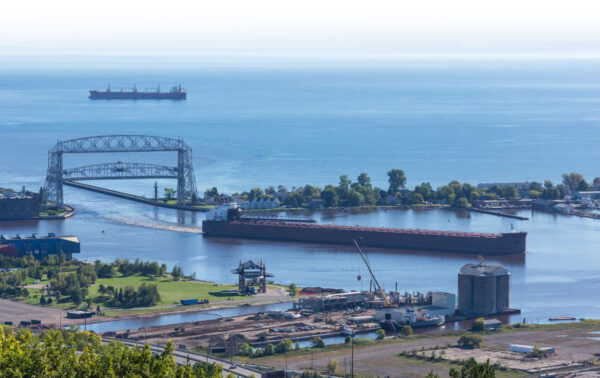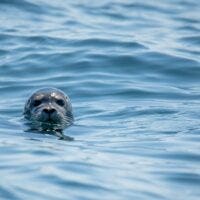This webinar series investigates different ways technology is being applied to understand the marine environment, with a particular focus on the activity and impacts of vessels that are not using Automatic Identification System (AIS) transponders. As a result of this knowledge sharing, community of practice members can apply this range of technologies in new ways to address information needs for a safer marine environment.
About the presenters:
Norma Serra Sogas, Environmental Analyst, Oceans Protection Plan, Transport Canada
Norma is an environmental analyst with Transport Canada under the Oceans Protection Plan. Among other tasks, her work involves developing systems and methods for collecting and analyzing vessel information to inform the assessment of vessel activities and their potential impacts to marine and coastal environments, including vessels that do not use AIS. Her interests include coastal conservation planning and management, and environmental impact assessments. Norma holds an MSc from the University of Victoria and previously was a Research Associate for over 10 years with the CORAL Research Group there. She is originally from Barcelona, Spain, but now lives in beautiful Victoria, British Columbia, with her husband and daughter.
Jorge Quijano, PhD, Project Scientist, JASCO Applied Sciences
Jorge Quijano has been a Project Scientist with JASCO Applied Sciences (Canada), Ltd. in Victoria, BC, since 2016. He conducts research on anthropogenic noise modeling and deconvolution techniques for acoustic source identification and characterization. He received a degree in electrical engineering from the Instituto Tecnológico de Costa Rica in 2001 and his master’s and Ph.D. degrees in electrical engineering from Portland State University, Portland, OR, USA, in 2006 and 2010, respectively. From 2004 to 2010, he was a Research Assistant with the Northwest Electromagnetics and Acoustics Research Laboratory, Portland, OR, USA, and from 2010 to 2015, he was a Research Associate with the School of Earth and Ocean Sciences, University of Victoria, where he conducted research on seabed geoacoustic inversion technologies, adaptive beamforming for large-aperture sonar arrays, and computationally efficient methods for underwater acoustic modeling.



